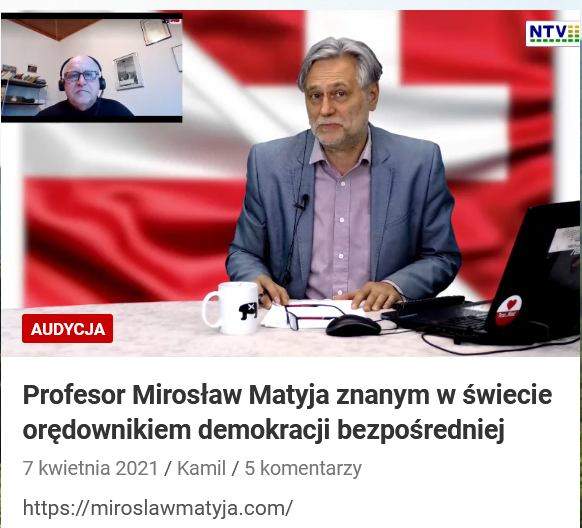Model Of Sugar Industrial Waste Management Based On Cleaner Production (Case Study: Sei Semayang Plantation and Sugar Mill)
Abstract
Controlling the amount and level of sugar industry waste must be done carefully, ranging from sugar cane harvesting in the field to the processing of cane into sugar mill. The aim of this research is constructing model and getting strategy and policy of sugar industry waste management based on clean production using dynamic system. This research was conducted at Sei Semayang plantation and sugar mill, PTPN II, North Sumatera in January until July 2013.Dynamic model system of waste management based on clean production was analyzed using Powersim program, license by sofware house Powersimtm, USA. The research shows Dynamic model of sugar industry waste management can be done by combining environmental subsystem model and socio-economical subsystem. The scenario and policy of sugar industry waste management based on clean production results in waste minimilization, production process efficiency and increase of agricultural contribution, that it increases the surrounding community’s income and involvement, and the company’s income.
Keywords
Full Text:
PDFReferences
Indrasti, N.S. dan Fauzi, A.M. 2009.Produksi Bersih. IPB Press. Bogor.
Lu, H.D. 2007.“Practice and exploration for commercial production of ecotypic high efficient sugarcane”.Sugarcane and Canesugar, (5):21-25.
Ou Yang, Z.Y., Zha,o T.Q., Miao, H., Wang, R.S. and Wang, X. K. 2004. “Design for ecological industrial chain for sugar refining, alcohol distillation, energy provision and agriculture in Hainan”. Acta Scientiae Circumstantiae, 24(5): 915-921
Purwanto. 2005. “Penerapan Produksi Bersih di Kawasan Industri”. Makalah Seminar Penerapan Program Produksi Bersih Dalam Mendorong Terciptanya Kawasan Eco-industrial di Indonesia. Diselenggarakan oleh Asisten Deputi Urusan Standardisasi dan Teknologi. Jakarta. http://p3bd.vibet.org/files/Penerapan_Produksi_Bersih_di_Kawasan_Industri.pdf. Diakses: 23 April 2011.
Sargent, R.G. 1998. Verification and Validation of Simulation Models.Proceeding of the 1998 Winter Simulation Conference. D.J.F. Watson. J.S. Carson and M.S. Manivannan, eds.
Setyawati, S. 1993. “PemanfaatanPucukTebuSebagaiBahanPembuatanSilasedenganBahanPengawetTetes, DedakPadidanKombinasinyadengan Urea”.(Tesis). Bogor: FakultasPeternakan, InstitutPertanian Bogor.
Syafrudindan A.D. Astuti. 2007. “StudiPengelolaanLimbahPabrikGula (StudiKasusPabrikGula PT. KebonAgungdi TrangkilPati)”. JurnalPresipitasiVol. 2 No.1 Maret 2007, ISSN 1907-187X, 35-27.
Tang, G. Shin-Ru, Shen-Yann Chiu, Allen H. Hu, and Jyh-Shing Yang. 1999. Promoting Cleaner Production with Innovative Partnership Programs in Taiwan. Journal of Cleaner Production 7 (1999), 13-16.
Zhu, Q.Z., Li, Y.R., Huang, Z.Z., Wang, W. Z. and Lan, T.J. 2007. “Influence of vinasse of sugar factories on sugarcane yield and economic efficiency”. Zhejiang Agricultural Science, (5): 520-523.
DOI: https://doi.org/10.33258/birex.v2i1.705
Article Metrics
Abstract view : 426 timesPDF - 268 times
Refbacks
- There are currently no refbacks.

This work is licensed under a Creative Commons Attribution-ShareAlike 4.0 International License.

This work is licensed under a Creative Commons Attribution-ShareAlike 4.0 International License.

_.gif)
















_.gif)


